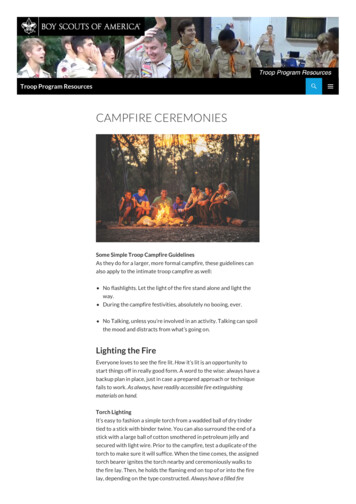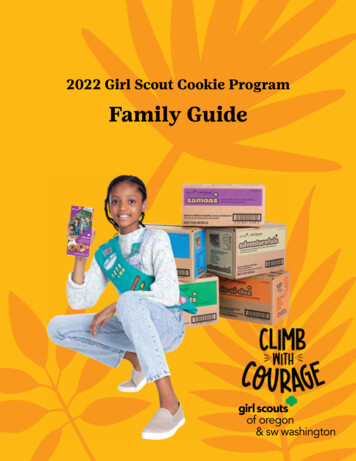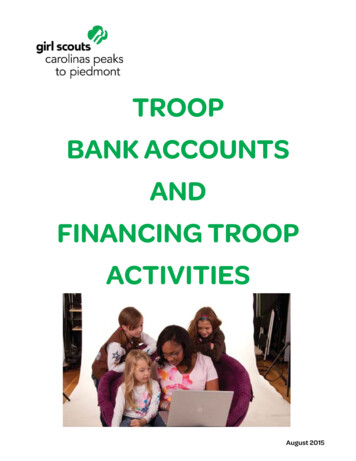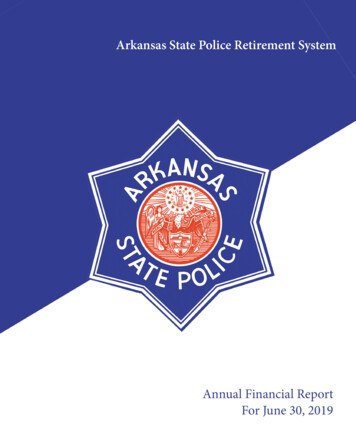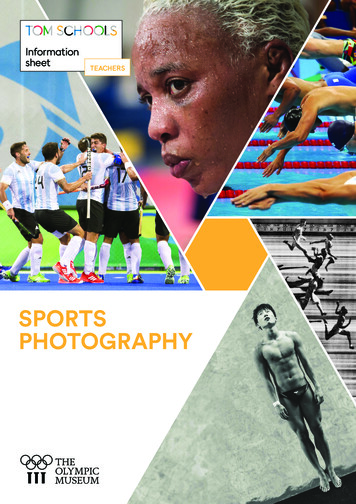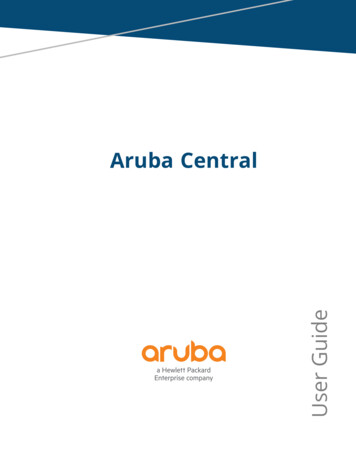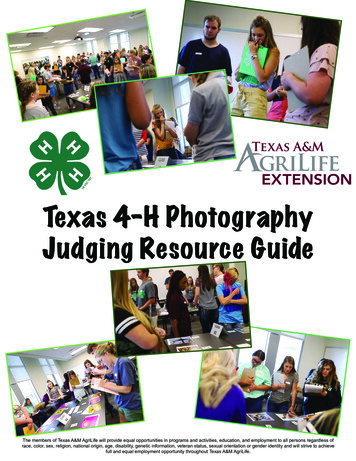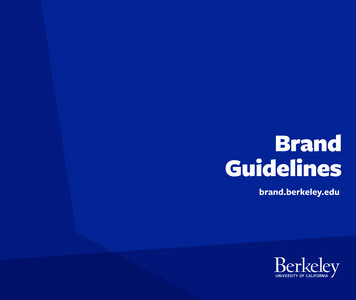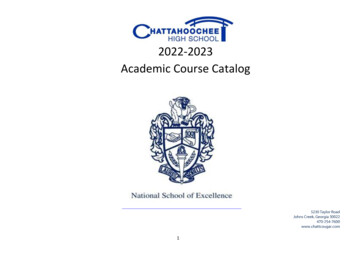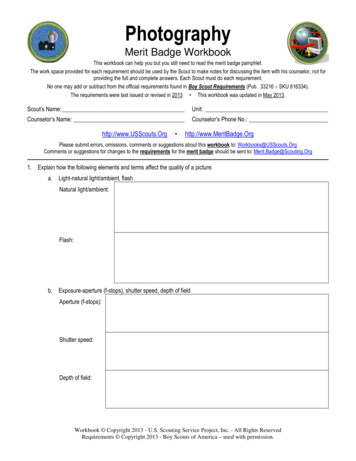
Transcription
PhotographyMerit Badge WorkbookThis workbook can help you but you still need to read the merit badge pamphlet.The work space provided for each requirement should be used by the Scout to make notes for discussing the item with his counselor, not forproviding the full and complete answers. Each Scout must do each requirement.No one may add or subtract from the official requirements found in Boy Scout Requirements (Pub. 33216 – SKU 616334).The requirements were last issued or revised in 2013 This workbook was updated in May 2013.Scout’s Name:Unit:Counselor’s Name:Counselor’s Phone No.:http://www.USScouts.Org http://www.MeritBadge.OrgPlease submit errors, omissions, comments or suggestions about this workbook to: Workbooks@USScouts.OrgComments or suggestions for changes to the requirements for the merit badge should be sent to: Merit.Badge@Scouting.Org1. Explain how the following elements and terms affect the quality of a picture:a. Light-natural light/ambient, flashNatural light/ambient:Flash:b. Exposure-aperture (f-stops), shutter speed, depth of fieldAperture (f-stops):Shutter speed:Depth of field:Workbook Copyright 2013 - U.S. Scouting Service Project, Inc. - All Rights ReservedRequirements Copyright 2013 - Boy Scouts of America – used with permission.
PhotographyScout's Name:c. Composition-rule of thirds, leading lines, framing, depthRule of thirds:Leading lines:Framing:Depth:d. Angle of viewe. Stopping actionPhotography - Merit Badge WorkbookPage. 2 of 6
PhotographyScout's Name:2. Explain the basic parts and operation of a film camera or digital cameraExplain how an exposure is made when you take a picture.Photography - Merit Badge WorkbookPage. 3 of 6
PhotographyScout's Name:3. Discuss with your counselor the differences between a film camera and a digital camera.Describe how computer software allows you to make adjustments to a digital photograph after it is taken.4. Do ONE of the following: a. Produce a picture story using the photojournalistic technique of documenting an event. Share your plan with yourcounselor and get your counselor's input and approval before you proceed. Then, using either a film camera or adigital camera, produce your approved picture story. Process your images and select eight to 12 images that besttell your story. Arrange your images in order, then mount the prints on a poster board. If you are using digitalimages, you may create a slide show on your computer or produce printouts for your poster board. Share yourpicture story with your counselor. b. Choose a topic that interests you to photograph for an exhibit or display. Get your counselor's approval, thenphotograph (digital or film) your topic. Process your images. Choose 20 of your favorite images and mount them onposter board. Share your display with your counselor. If you are using digital images, you may create a slide showon your computer or produce printouts for your poster board.Photography - Merit Badge WorkbookPage. 4 of 6
PhotographyScout's Name:5. Discuss with your counselor the career opportunities in photography.Pick one that interests you and explain how to prepare for such a careerDiscuss with your counselor the education and training such a career would require.Requirement resources can be found ography#Requirement resourcesPhotography - Merit Badge WorkbookPage. 5 of 6
Attachment – (NOTE: It is not necessary to print this page.)Important excerpts from the ‘Guide To Advancement’, No. 33088:Effective January 1, 2012, the ‘Guide to Advancement’ (which replaced the publication ‘Advancement Committee Policies and Procedures’) isnow the official Boy Scouts of America source on advancement policies and procedures. [ Inside front cover, and 5.0.1.4 ] — Unauthorized Changes to Advancement ProgramNo council, committee, district, unit, or individual has the authority to add to, or subtract from, advancement requirements.(There are limited exceptions relating only to youth members with disabilities. For details see section 10, “Advancement for MembersWith Special Needs”.) [ Inside front cover, and 7.0.1.1 ] — The ‘Guide to Safe Scouting’ AppliesPolicies and procedures outlined in the ‘Guide to Safe Scouting’, No. 34416, apply to all BSA activities, including those related toadvancement and Eagle Scout service projects. [Note: Always reference the online version, which is updated quarterly.] [ 7.0.3.1 ] — The Buddy System and Certifying CompletionYouth members must not meet one-on-one with adults. Sessions with counselors must take place where others can view theinteraction, or the Scout must have a buddy: a friend, parent, guardian, brother, sister, or other relative —or better yet, another Scoutworking on the same badge— along with him attending the session. When the Scout meets with the counselor, he should bring anyrequired projects. If these cannot be transported, he should present evidence, such as photographs or adult certification. His unitleader, for example, might state that a satisfactory bridge or tower has been built for the Pioneering merit badge, or that meals wereprepared for Cooking. If there are questions that requirements were met, a counselor may confirm with adults involved. Oncesatisfied, the counselor signs the blue card using the date upon which the Scout completed the requirements, or in the case ofpartials, initials the individual requirements passed. [ 7.0.3.2 ] — Group InstructionIt is acceptable—and sometimes desirable—for merit badges to be taught in group settings. This often occurs at camp and meritbadge midways or similar events. Interactive group discussions can support learning. The method can also be attractive to “guestexperts” assisting registered and approved counselors. Slide shows, skits, demonstrations, panels, and various other techniques canalso be employed, but as any teacher can attest, not everyone will learn all the material.There must be attention to each individual’s projects and his fulfillment of all requirements. We must know that every Scout —actually and personally— completed them. If, for example, a requirement uses words like “show,” “demonstrate,” or “discuss,” thenevery Scout must do that. It is unacceptable to award badges on the basis of sitting in classrooms watching demonstrations, orremaining silent during discussions. Because of the importance of individual attention in the merit badge plan, group instructionshould be limited to those scenarios where the benefits are compelling. [ 7.0.3.3 ] — Partial CompletionsScouts need not pass all requirements with one counselor. The Application for Merit Badge has a place to record what has beenfinished — a “partial.” In the center section on the reverse of the blue card, the counselor initials for each requirement passed. In thecase of a partial completion, he or she does not retain the counselor’s portion of the card. A subsequent counselor may choose notto accept partial work, but this should be rare. A Scout, if he believes he is being treated unfairly, may work with his Scoutmaster tofind another counselor. An example for the use of a signed partial would be to take it to camp as proof of prerequisites. Partials haveno expiration except the 18th birthday.Page. 6 of 6
Photography - Merit Badge Workbook Page. 3 of 6 2. Explain the basic parts and operation of a film camera or digital camera Explain how an exposure is made when you take a picture. Photography Scout's Name: _ Photography - Merit Badge Workbook Page. 4 of 6 3. Discuss with your counselor the differences between a film camera and a digital .
